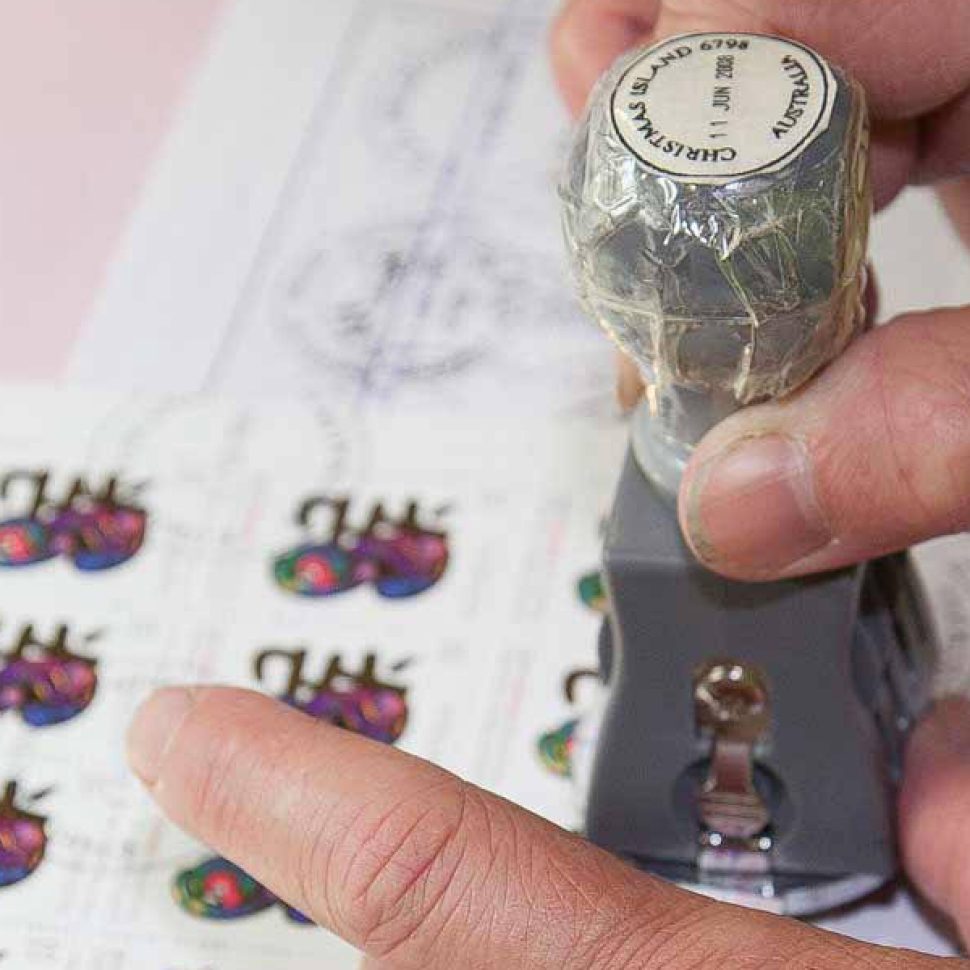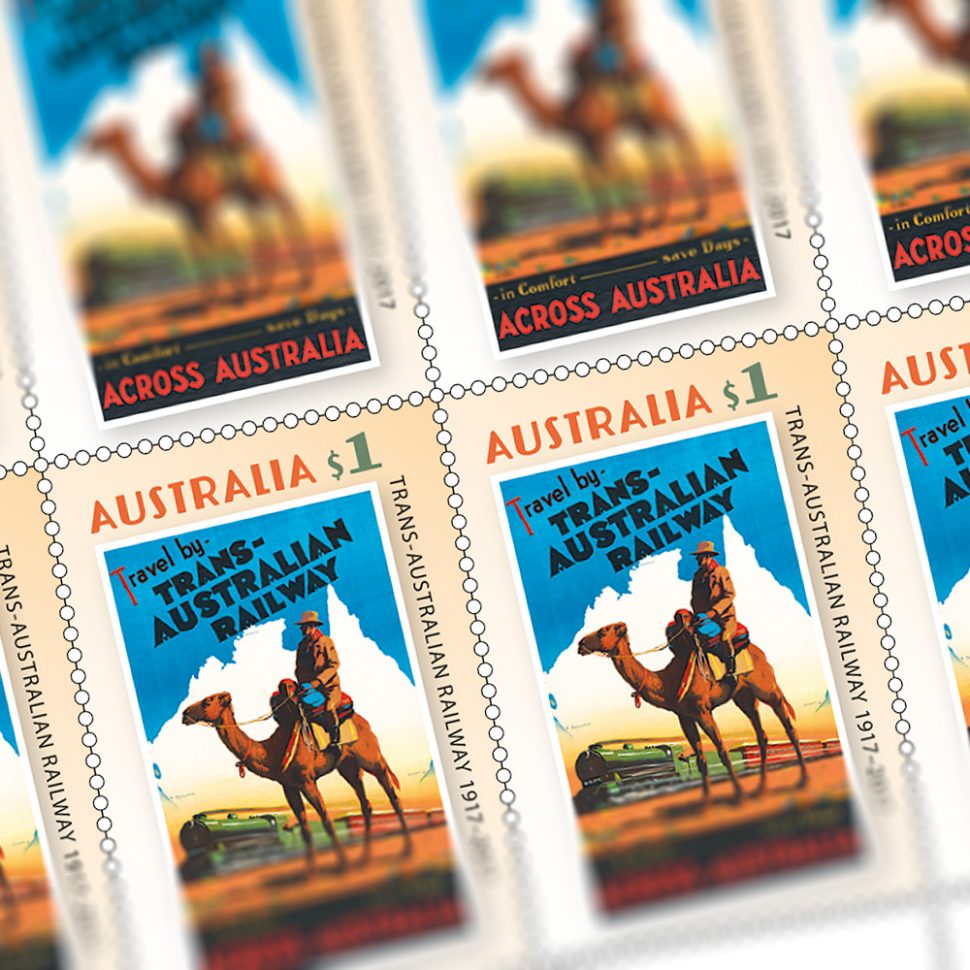Discover some of the interesting pieces of philately in the hands of Tony Shields, owner of Shields Stamps in Melbourne, which could enhance your collection.
A fatal shark attack in 1931 threatened Tonga’s Tin Can Mail Delivery started in 1882 by William Travers, a plantation owner, and continued by an English trader Charles Ramsay, but made famous by German-born, Walter Quensell. During the 1930s and 1940s Quensell was known around the world as the Tin Can Mail Man. Passengers from virtually any ship in the Pacific wanted to go to Niuafo’ou, a small volcanic island in the Tongan Group, to witness one of the most unusual forms of mail delivery in the world.
The island is surrounded by steep underwater volcanic cliffs, preventing ships from anchoring close to shore. Islanders would attach a sealed can of mail to a floating pole of timber, and swim for up to six hours out to the ship and back, occasionally resting on their pole.
Ramsay himself swam with islanders on 120 occasions taking the mail to or from visiting ships, but Quensell never did. The death of one such postman in 1931 in those shark infested waters, caused Tonga’s Queen Salote to ban the practice of swimming with the mail out to the ship. She insisted that in future, they would only paddle their canoe out to collect all the souvenir mail from the passengers. The mail was then sealed in a big 20 kilogram biscuit tin with wax to make it watertight, and thrown in the water for them to haul the floating can back to their canoe and then onto shore.
Once it was ashore, Quensell would cancel the mail with a postmark of the day, and often the ship’s handstamp too, before adding up to 20 other cachets and postmarks to make the envelope look an impressive momento of his fascinating postal delivery.
Many of the postmarks and cachets were applied in different colours, and collectors have recorded over 220 different markings he applied to these covers over the years. Sometimes he signed the envelopes, and although Tongan stamps were normally used to pay the postage, he did allow other countries stamps to be used. I have seen them with Australian, US and New Zealand stamps, which were probably bought from the ships purser, or carried on board by the passenger from their homeland.
Islanders then paddled (or prior to 1931 swam) back to the ship to return the mail to the delighted passengers. One tin was lost at sea and recovered, still floating some months later.
It was a dangerous and strenuous job and when the volcano erupted in 1948 and Niuafo’ou was evacuated temporarily, the mail service ceased. Quensell’s house, postmarks, stamps and collection of Tin Can Mail covers were all destroyed instantly and he eventually died in 1956. A few other places have re-enacted or copied this method of mail delivery, and Cocos (Keeling) Islands, an Australian external territory, had a barrel mail for many years - a similar system - which has been commemorated on their stamps.
Tin Can Mail envelopes are very popular with collectors even today, as they tell a remarkable story about the enterprise of a small group of Pacific Islanders who made deliveries on one of the world’s most unusual mail routes. Walt Quensell’s service was so famous that even today the island where it all happened, is known to most people as Tin Can Island. In 1958 Niuafo’ou was resettled and the Tin Can Mail restarted. It lasted until the airport was opened in 1983.
We are lucky enough to have examples of these covers from the 1930s from $75 upwards (including GST), depending on markings.
Shields Stamps is located at 52 Burgundy St, Heidelberg, Victoria 3084 or online at shieldsstamps.com.au.
This article was produced at the time of publication and will not be updated.






